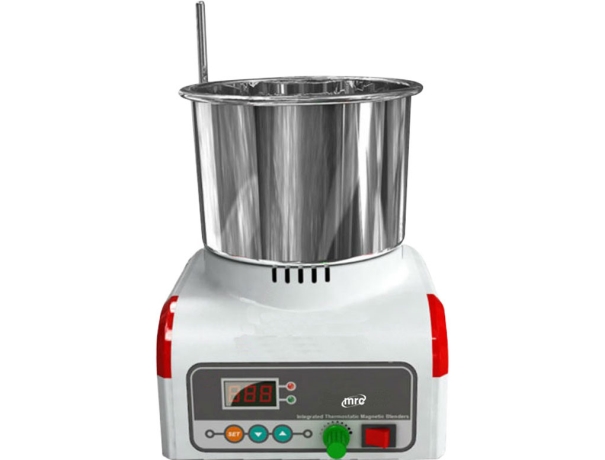An oil bath is a type of heated bath used for laboratories, it is the most common for heating chemical reactions. It is most commonly used in research laboratories for reactions that require heating temperatures up to 200 degrees Celsius. Oil baths provide more uniform heat compared to other heaters. Laboratory oil bath made of aluminum or stainless steel mold.
When to use an Oil Bath:
It is customary to use an oil bath if it is necessary to keep the temperature of the media in a liquid above 300 degrees Celsius.
Water baths can reach temperatures of up to 100 degrees and are therefore not suitable for those who need 300 degrees Celsius.
The oil baths come with internal circulation to get good temperature uniformity in the bath.
Oil baths with external circulation make it possible to heat external facilities such as a reactor.
What Is an Oil Bath?
An oil bath is a laboratory device used to heat substances gently and consistently. It consists of a container filled with oil, which can maintain stable temperatures over a wide range. Unlike water, oil does not evaporate quickly at higher temperatures, making it ideal for long-term experiments where precision is critical.
The Role of Oil in Temperature Control
Oil acts as a medium for heat transfer, providing even distribution of heat to whatever substance is being processed. This ensures that the temperature remains consistent throughout the experiment, which is crucial when working with sensitive chemical reactions that require specific conditions.
Understanding the Stirrer Component
The stirrer is a critical part of the oil bath setup. It ensures that the substance being heated is evenly mixed, which helps prevent localized overheating or cooling. This is especially important in experiments where maintaining homogeneity is essential for accurate results.
How the Stirrer Works
A magnetic or mechanical stirrer is used in conjunction with the oil bath to keep the solution continuously moving. Magnetic stirrers use a rotating magnetic field to turn a stir bar inside the container, while mechanical stirrers use paddles or blades to mix the liquid.
